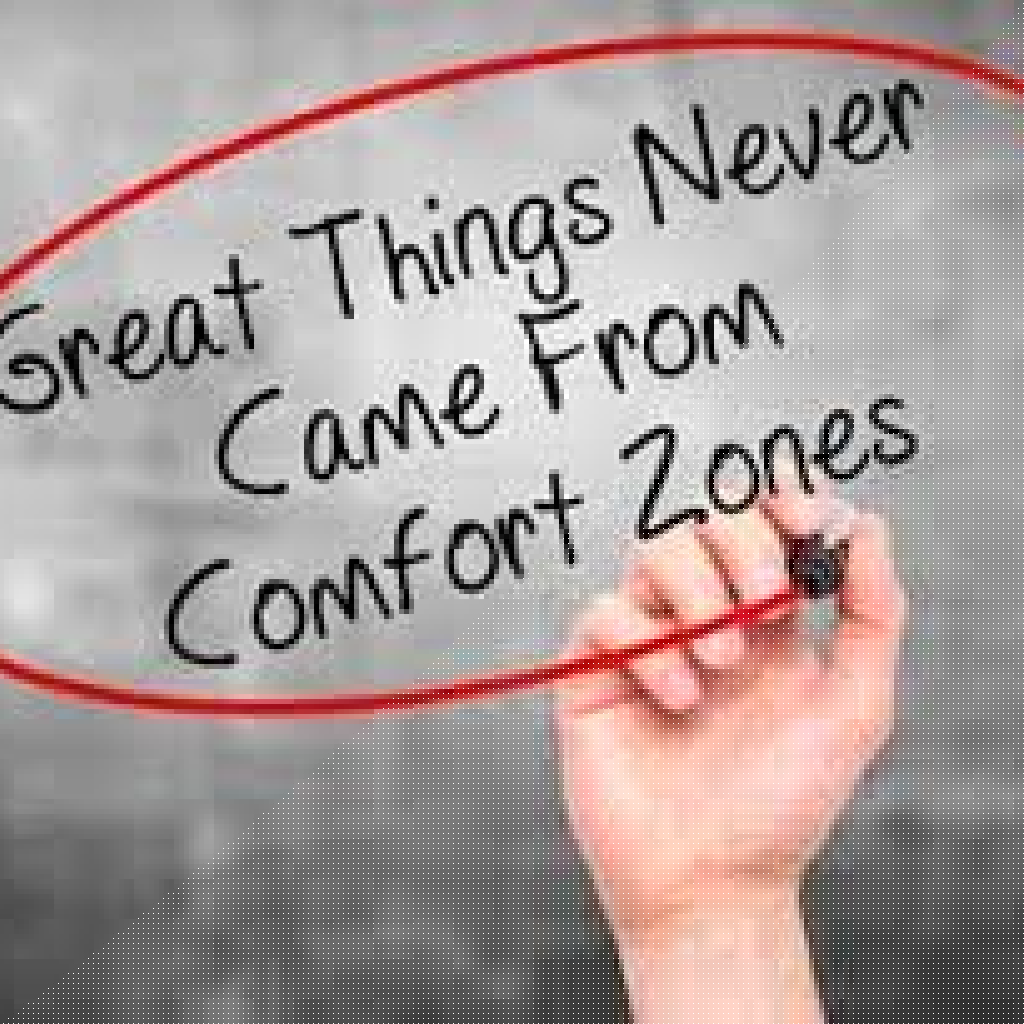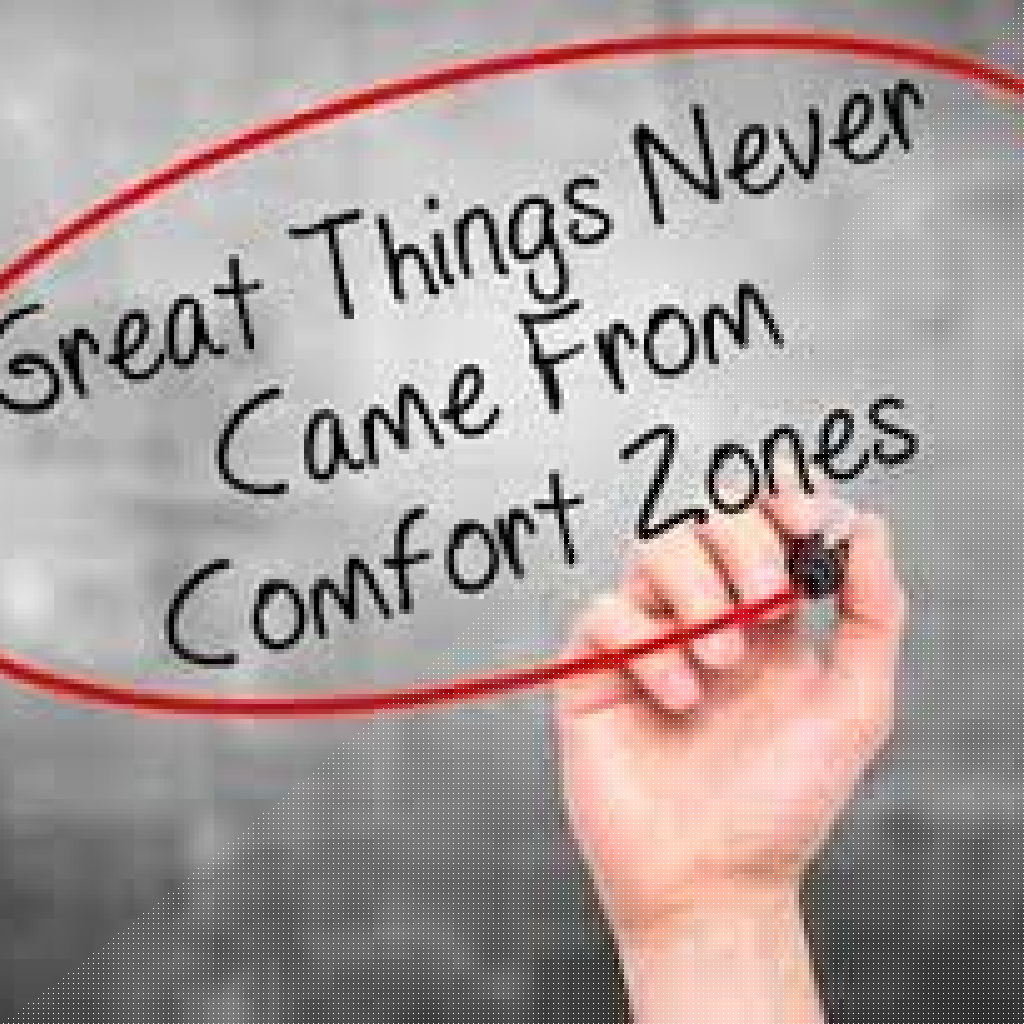Key Takeaways:
- Leadership plays a central role in defining, shaping, and evolving company culture.
- Collaborative leadership styles foster engagement, innovation, and stronger teams compared to traditional models.
- Transformational leaders drive enduring cultural shifts by modeling values and guiding organizational vision.
- Trust is essential for successful remote and distributed teams, requiring proactive communication and genuine connection.
- Consistent communication and storytelling strengthen the transmission and reinforcement of company values.
Introduction
The landscape of work has dramatically shifted, and companies now operate across physical and virtual spaces. At the heart of this transformation is the role of leadership—a driving force that shapes company culture and influences the daily experiences of every employee, especially in remote environments. Effective leadership isn’t just about managing tasks; it’s about cultivating an environment where employees are engaged, trusted, and aligned with the organization’s mission. This article delves into how leaders at all levels are central to nurturing positive and adaptive cultures in the evolving workplace.
What Defines Company Culture?
Understanding Core Values and Norms
Company culture is the collective fabric of values, beliefs, and behaviors that influence how people interact and how the organization functions. Core values serve as a compass, guiding decisions and defining what an organization stands for. Norms, the unwritten rules of behavior, are just as vital, shaping expectations for communication, collaboration, and problem-solving within teams.
The Role of Leadership in Culture Formation
Leadership acts as the primary agent for translating these values and norms from concepts into daily practices. Leaders model behaviors they want to see, reinforce positive patterns, and hold teams to shared standards. Employees observe and emulate leadership cues—making each leader, regardless of position, a culture carrier. In remote settings, their actions and communications hold even greater weight as they set the tone for distributed teams.
Collaborative Leadership Styles: The Foundation of Positive Workplaces
Comparing Collaborative vs. Traditional Leadership Styles
Collaborative leadership emphasizes openness, empathy, and inclusivity. This contrasts with traditional, hierarchical models that focus on authority and top-down control. Remote and hybrid environments require leaders who seek input, value diverse perspectives, and empower employees to share ideas. Collaborative leaders foster trust by involving team members in decision-making and demonstrating genuine concern for their growth and well-being.
Case Studies: Collaborative Approaches Empowering Teams
Successful remote-first companies have demonstrated the power of collaborative leadership. For example, many technology firms have seen improved engagement and innovation when leaders facilitate regular brainstorming sessions and transparent feedback channels. These methods allow team members to contribute regardless of location, strengthening a sense of belonging and shared ownership. Case studies highlight how flattening hierarchies and embracing participatory decision-making can drive adaptability and performance across cultures.
The Impact of Leadership on Employee Engagement and Motivation
Metrics and Methods to Measure Engagement
Employee engagement is the emotional commitment individuals have to their organization and its goals. Leaders can measure engagement through regular pulse surveys, one-on-one check-ins, and analysis of team performance metrics. Tools like anonymous feedback platforms allow remote team members to voice concerns and share suggestions in a safe space.
How Leaders Build Lasting Motivation
Motivation thrives in cultures where employees feel seen and valued. Leaders can inspire by regularly recognizing achievements, providing growth opportunities, and granting autonomy in how work is completed. In virtual teams, this might involve public acknowledgment in online meetings, granting flexible schedules, or investing in professional development programs. Clear communication of expectations and vision helps keep teams aligned and engaged even from afar.
Shaping Workplace Values: How Leaders Influence Company Identity
Aligning Leadership Actions with Stated Values
Consistency between a company’s stated values and leaders’ daily actions is critical. Employees quickly notice when there is a disconnect, which can erode trust and weaken culture. Leaders reinforce company values by making decisions and providing feedback that align with them, especially when managing through uncertainty or change.
Storytelling and Communication: Tools for Value Transmission
Storytelling is a powerful means for leaders to bring company values to life. Sharing real examples from customer experiences, team successes, or personal growth moments fosters emotional connection and reinforces desired behaviors. Regular communication—through video messages, virtual all-hands, or digital newsletters—helps maintain a strong cultural pulse even when teams are remote.
Transformational Leadership and Company Culture Evolution
Principles of Transformational Leadership
Transformational leaders motivate teams by articulating a compelling vision for the future, inspiring others to excel, and modeling continuous learning. They empower employees to exceed self-imposed limits and embrace change as a source of growth. These leaders invite feedback, encourage innovation, and facilitate professional development, setting the stage for cultural evolution.
Long-Term Cultural Shifts Spurred by Transformational Leaders
Over time, transformational leadership can create lasting cultural change. These leaders nurture adaptability and resilience—the two pillars vital for remote teams. By modeling curiosity and openness, they lower barriers to experimentation and risk-taking, creating organizations that are more agile and prepared for future challenges.
Developing Trust Between Leaders and Teams
Building Trust in Distributed and Remote Teams
Trust is the bedrock of effective virtual leadership. Without regular in-person contact, leaders must be intentional in fostering openness, transparency, and psychological safety. This involves keeping commitments, providing consistent feedback, and making time for connection outside formal meetings. Simple practices like video check-ins and celebrating team milestones can close the virtual gap.
The Link Between Trust and Innovation in the Workplace
Workplaces built on trust unlock higher levels of creativity and risk tolerance. Employees who trust their leaders are more willing to propose bold ideas, challenge assumptions, and collaborate on innovative projects. For remote teams, trust ensures that employees feel empowered and supported—even when working independently—which leads to greater experimentation and problem-solving.
Take The Next Step Now
Leaders at every level have the opportunity to influence and evolve company culture, especially in the context of remote and distributed work. Now is the time to reflect on your leadership style, prioritize genuine connection, and nurture shared values—whether your teams are onsite or virtual. Commit to fostering trust, supporting continuous learning, and driving engagement to build a workplace where everyone thrives.
Conclusion
Leadership is the engine behind the evolution of company culture in both traditional and remote workplaces. By embracing collaborative practices, inspiring through transformational principles, and building trust remotely, leaders empower their teams to achieve enduring success. As the nature of work continues to adapt, leaders who commit to clear communication, authentic relationships, and values-driven actions will cultivate cultures that stand the test of time.












